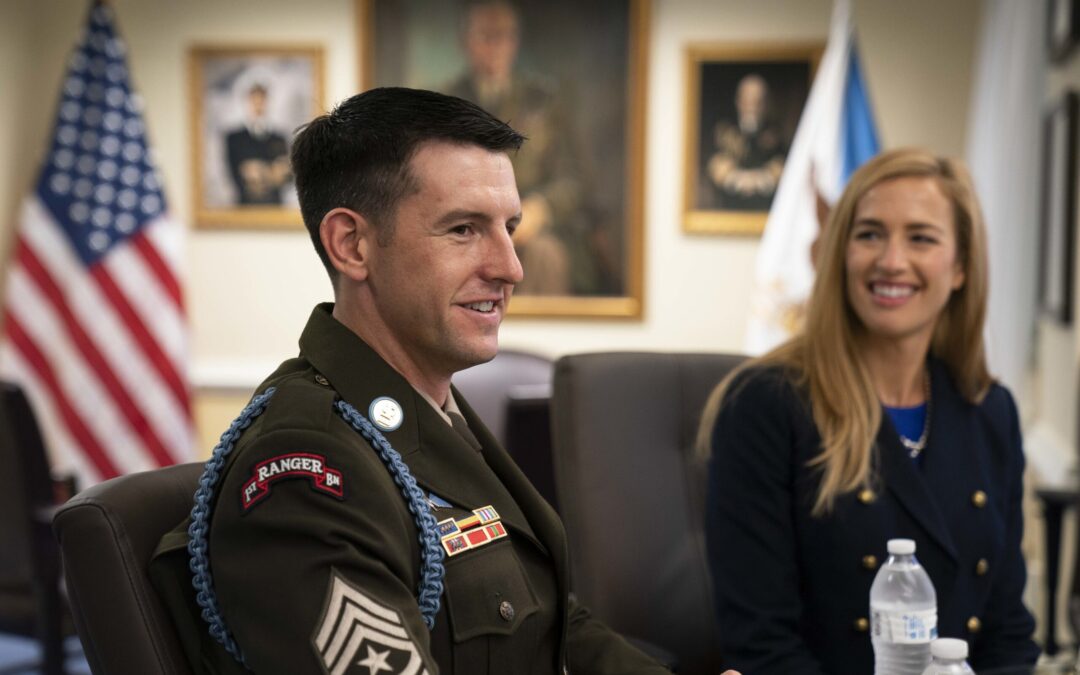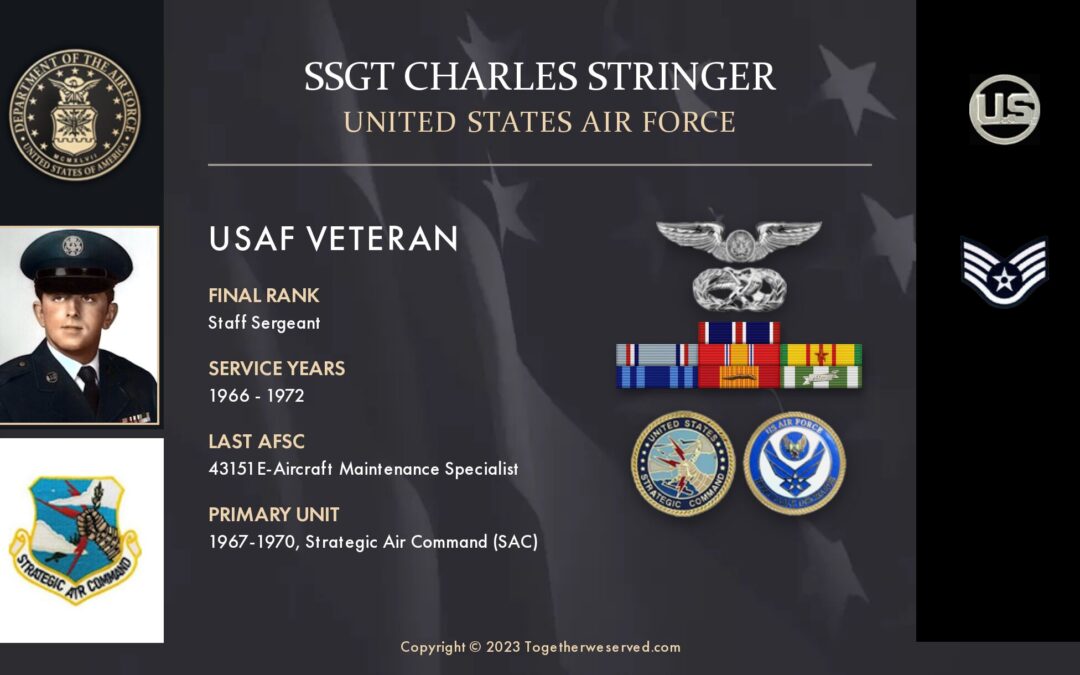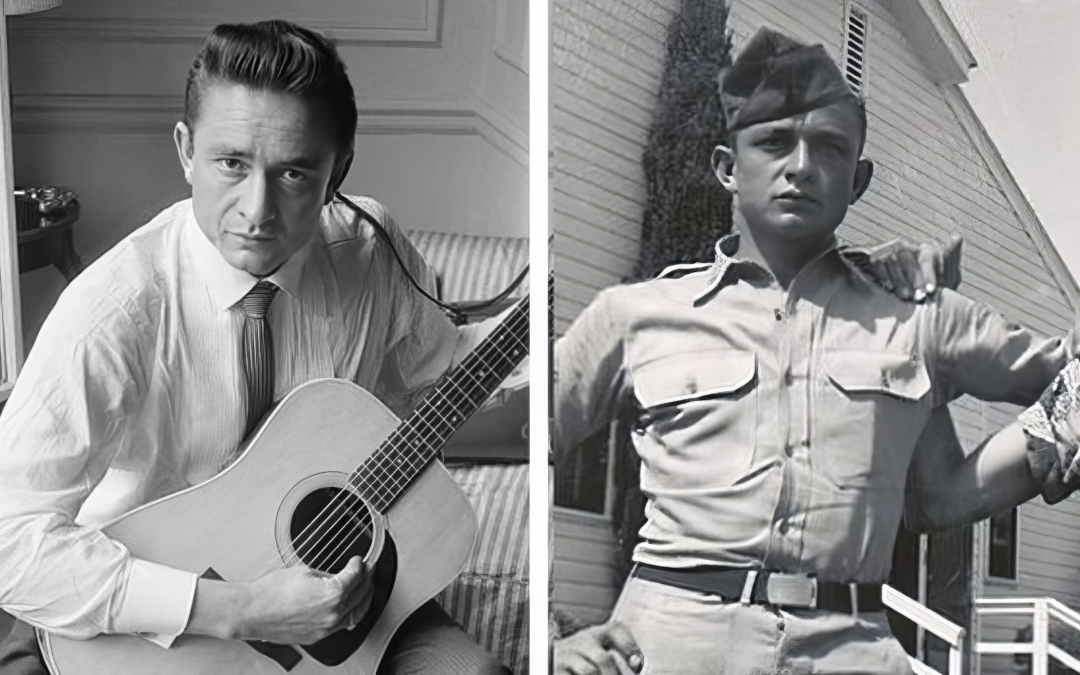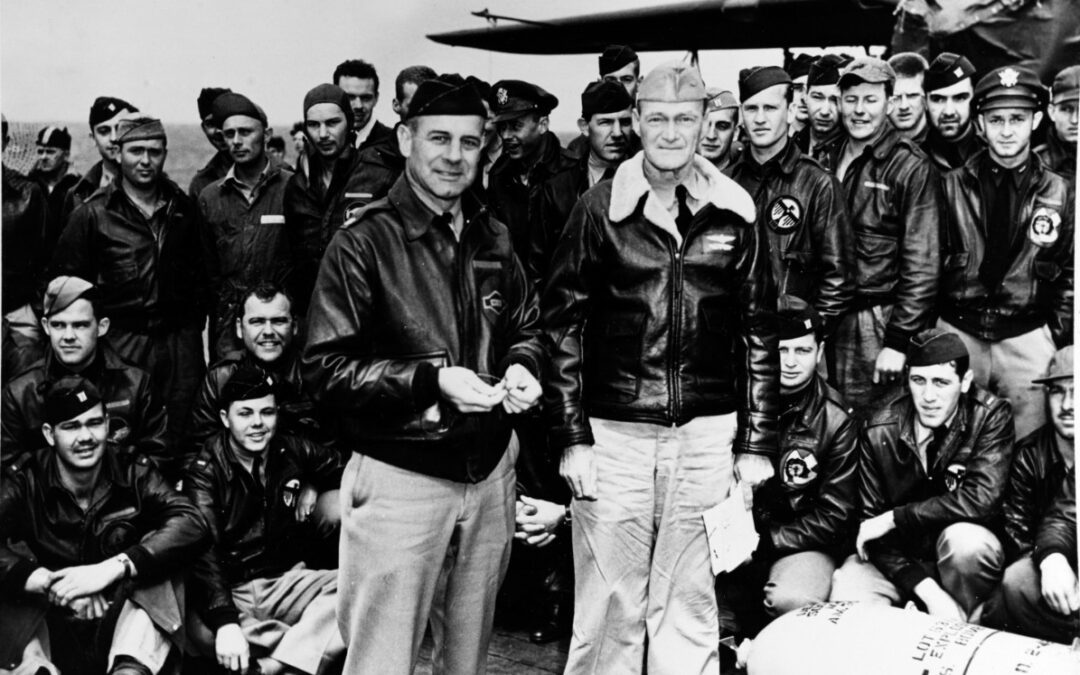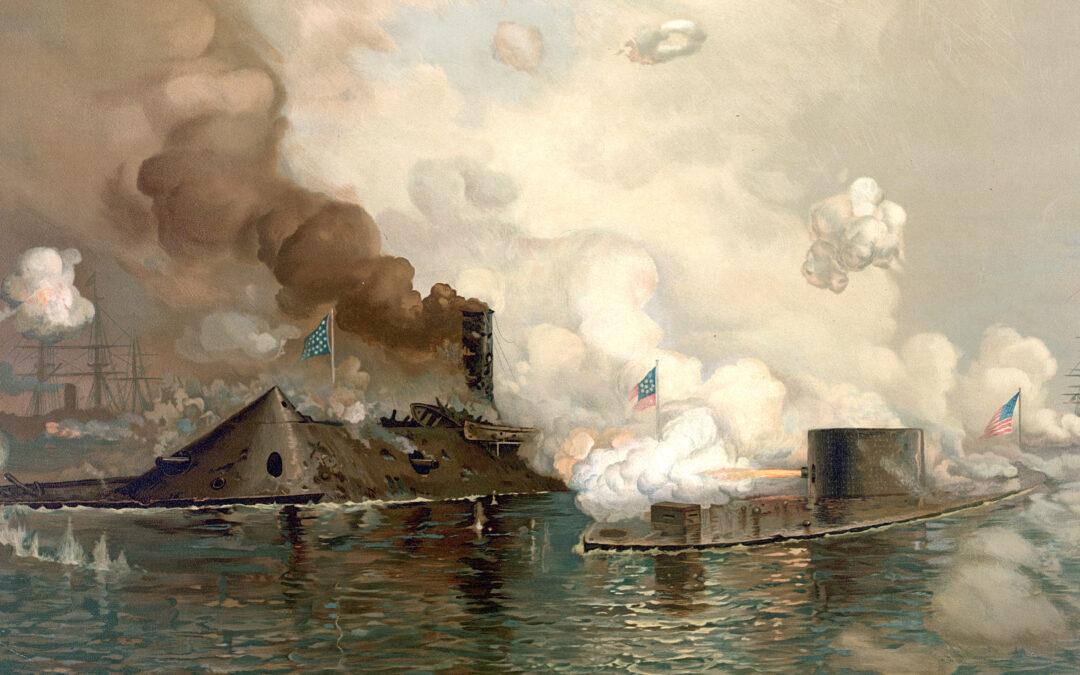On June 15, 2014, the United States launched Operation Inherent Resolve, a three-pronged campaign against the Islamic State terrorist organization (ISIL) that had made stunning advances across Syria, Iraq, and Libya. At its peak, ISIL had an estimated 200,000 fighters and controlled a third of Syria and almost half of Iraq. The Uneasy Alliance's Role in the Fight against ISIS The fight against ISIL in the region is ongoing today, but the brutality inflicted on civilians by the terror group, and the danger of its spread sparked an uneasy alliance of otherwise geopolitical foes to come together to confront the threat. The U.S. and Western Allies, Russia, Iraq, Saudi Arabia, and Iran all sent forces against ISIL, even if they weren't part of the official coalition. Between 2014 and 2019, ISIL lost 95% of its territory, including Mosul, Iraq's second-largest city and its declared capital at the Syrian city of Raqqa, and its leader, Abu Bakr al Baghdadi, was killed by the U.S....
